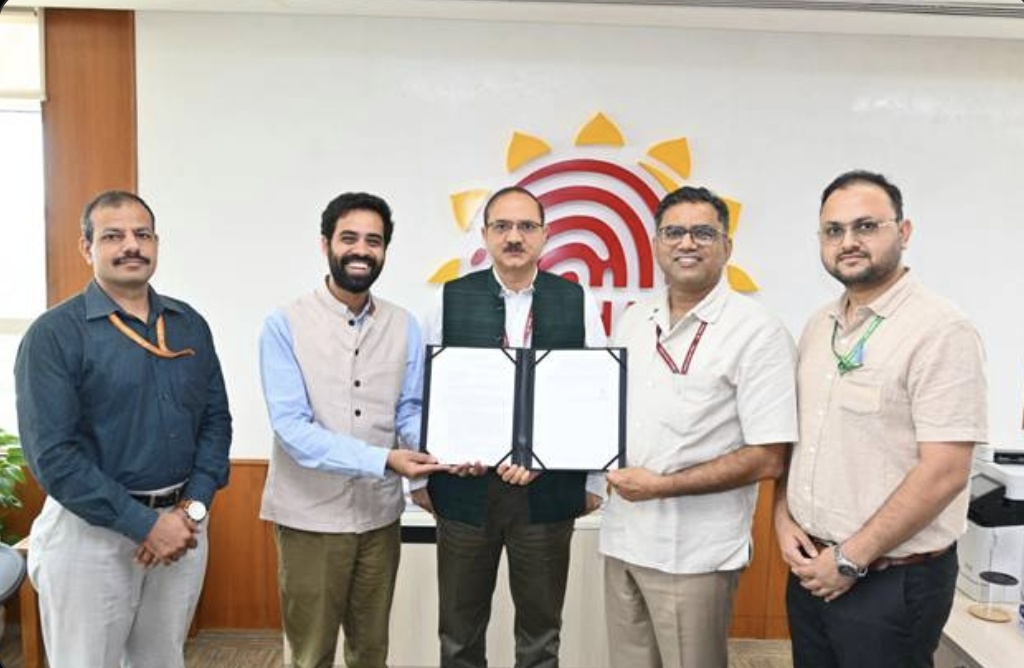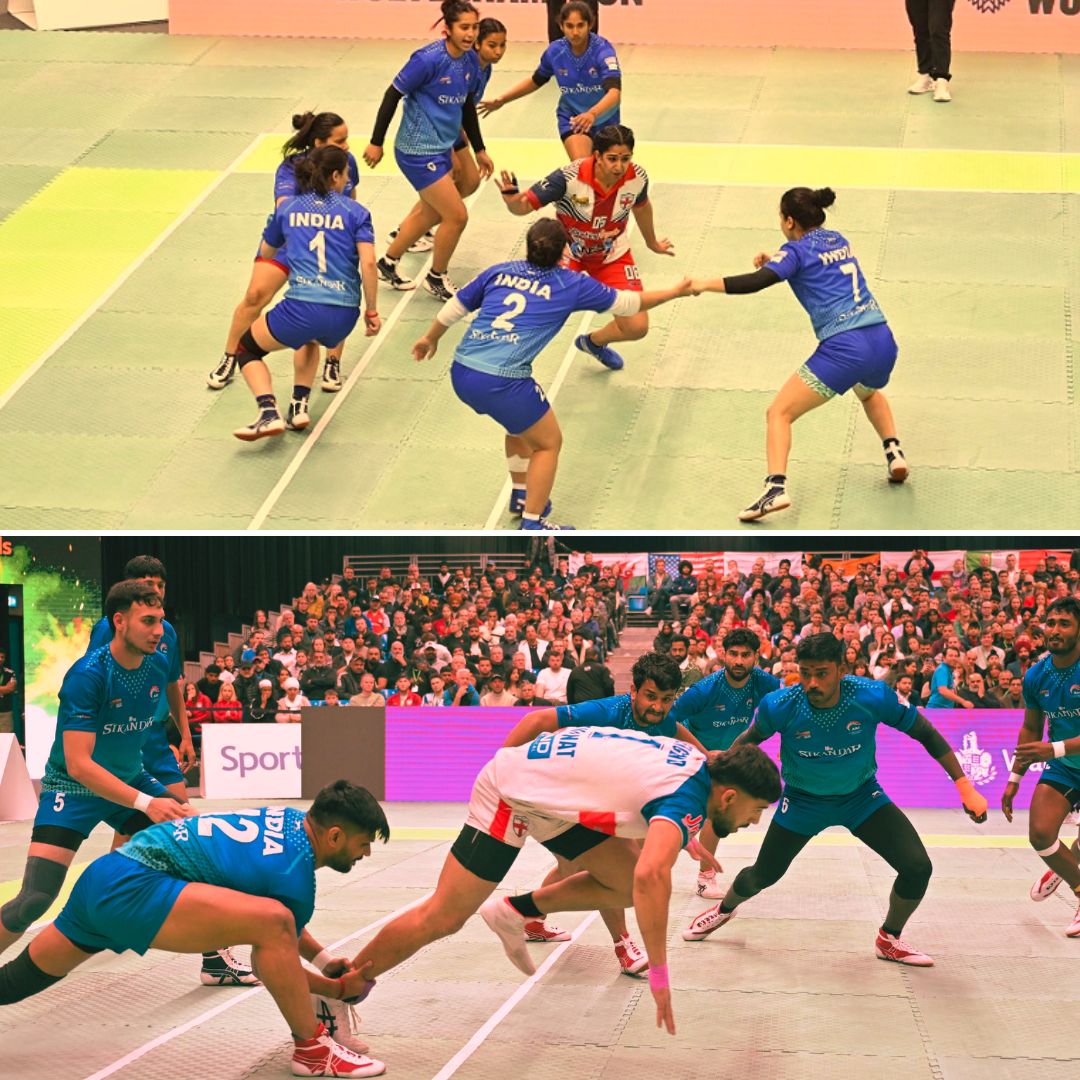ISRO Successfully Completes Rolling Experiment Under SpaDeX Mission
The Indian Space Research Organisation (ISRO) has completed the Rolling Experiment as part of its Space Docking Experiment (SpaDeX) mission. This achievement, confirmed by ISRO Chairman V. Narayanan, represents a significant milestone in India’s pursuit of advanced space docking capabilities.
Understanding the Rolling Experiment
The Rolling, or Rotating, Experiment involves maneuvering a satellite in a circular motion around another satellite to test precision control and maneuvering techniques. This experiment is essential for ISRO as it aims to learn how to accurately position objects in space for docking, regardless of their orientations. It will also help determine whether docking can be performed vertically and under varying conditions.
Chairman V. Narayanan emphasized that docking will need to be executed under various scenarios, many of which will be tested as part of the ongoing SpaDeX mission. The insights gained from this experiment will be invaluable for future space missions, including Chandrayaan-4, as well as for potential space station projects.
Significance for Future Missions
Earlier, on March 13, ISRO completed the undocking of two satellites, marking a key step toward mastering autonomous docking technology. This technology is crucial for both crewed and uncrewed space missions.
As ISRO continues to enhance its docking technology, the Rolling Experiment will provide critical data to validate various software models and ground station controls. The success of this experiment ensures that ISRO is on the right path toward developing independent and advanced docking capabilities, which will be essential for future interplanetary missions and space station developments.
With more docking experiments planned under SpaDeX, ISRO is steadily advancing toward achieving breakthroughs in space docking technology, bringing India closer to its long-term goals in space exploration.




